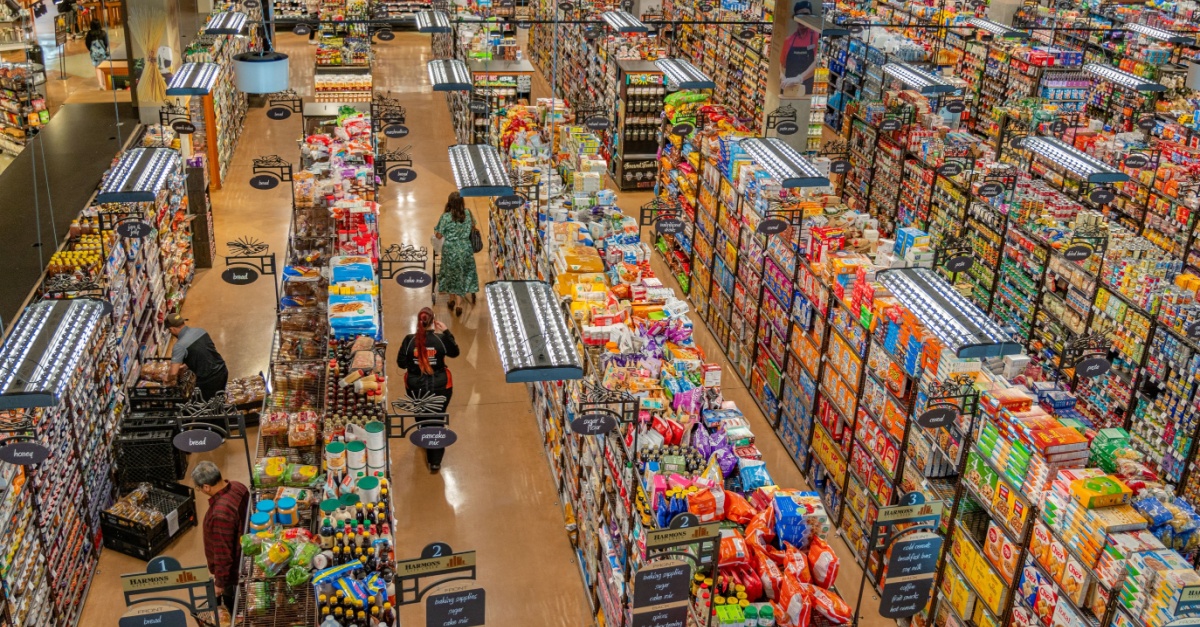
The consumer packaged goods (CPG) industry continues to face growing logistical challenges, such as disruptions, rising operational costs, and shifting consumer expectations. As these challenges persist, CPG companies will naturally find it difficult to maintain efficiency and profitability in their operations. However, collaborative logistics can help these companies turn the tide.
Leveraging strategic partnerships through collaborative logistics allows CPG companies to pool resources, allocate them more efficiently, and streamline the supply chain process. This allows them to avoid or mitigate the average logistical nightmare, such as transportation delays, warehouse shortages, and the pressure to deliver faster while keeping costs low.
CPG companies operate predominantly in isolated supply chain structures. Although many have the infrastructure and labor force to pull this off, expenses and the struggle for efficiency remain. Consider a situation in which two companies could pool their resources, data, technology, labor force, and infrastructure — what they could accomplish would be greater than the sum of their parts. However, to succeed, they may need a 4PL provider like Zengistics to ensure everything runs smoothly.
Through collaborative logistics, there are now more opportunities than ever in the CPG logistics space, enabling higher throughput and reduced waste. Some of these opportunities include:
AI and IoT are becoming more prevalent in logistics operations. These solutions provide greater visibility and predictive capabilities, improving the CPG’s supply chain efficiency.
The CPG logistics industry and demand for its products are increasingly dynamic. Getting it right can make all the difference, but it would be difficult without advanced analytics solutions, such as transportation analytics and predictive analytics. Data-driven decision-making fosters precise forecasting and smarter resource allocation.
Stronger collaboration across key areas such as CPG transportation and distribution improves responsiveness to consumer needs and enhances service quality.
Collaborative logistics is a strategic process that enhances the ability of CPG companies to optimize resources and improve efficiency across multiple areas in the supply chain. Here are some reasons why that is so crucial for CPG logistics operations.
Through collaborative logistics, these companies can share their transportation, warehousing, and distribution networks to reduce overhead expenses. However, collaborative logistics goes beyond that. For example, they can leverage each other to minimize redundancies, streamline inventory management, and improve workflow, leading to smoother operations.
By sharing data, CPG companies are better equipped to track their shipments and forecast their demands accurately. The shared data also improves coordination across the supply chain, leading to more flexibility and agility in how these companies respond to supply chain challenges.
Collaborative logistics makes the entire process much more streamlined, leading to increased rate of deliveries and throughputs. Ultimately, the customer wins because of faster and fewer disruptions.
Collaborative logistics is a game changer, but only when done right. To build this strategic partnership effectively, the following will be necessary:
This can make all the difference. It can be the sole reason why the partnership works or fails. To ensure success, seek out partners that complement the company’s strengths. Also, ensure aligned goals and compatible technology platforms.
Defining mutual goals can help set up the partnership for success and guide the operation. The goals could be cost reduction, sustainability improvements, or better delivery performance. The CPG companies in the partnership must also establish well-defined KPIs.
Communication is the foundation of any collaborative effort. Real-time data sharing and transparent reporting will keep all stakeholders aligned. Open communication and clear roles prevent misunderstandings and strengthen long-term partnerships.
Zengistics is committed to delivering the highest level of customer service, providing data-driven solutions, practicing proactive communication, and maximizing efficiency for scalable growth and personalized solutions to optimize your supply chain nationwide.
Doing it any other way often leads to inefficiencies, duplication of efforts, and higher operational costs. Without these collaborative logistics solutions, the company may suffer limited or poor visibility across supply networks, making responding to real-time disruptions difficult. Connect with us today.